Rift zone
Type of resources
Topics
Keywords
Contact for the resource
Provided by
Years
Formats
Representation types
Update frequencies
-
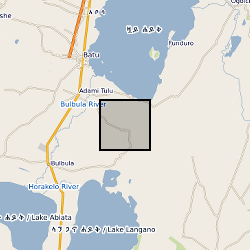
Geochemical analysis of pyroclasts from Aluto, Ethiopia. Data are referenced in Clarke et al., 2019: Fluidal pyroclasts reveal the intensity of peralkaline rhyolite pumice cone eruptions; https://doi.org/10.1038/s41467-019-09947-8.
-
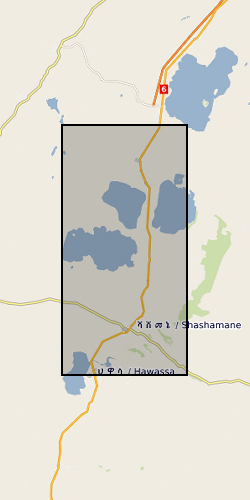
The RiftVolc GPS network was comprised of a total of 10 continuously recording stations deployed on Aluto and Corbetti Volcanoes between 2012 to present. At least 9 stations were recording data simultaneously except in 2012, 2016 and 2017 where 1, 8 and 5 stations were in operation respectively. Full details on station location and operation periods are provided in the attached README file.
-
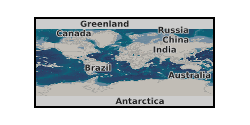
Electronic Supplementary Material: "Event trees and epistemic uncertainty in long-term volcanic hazard assessment of rift volcanoes: the example of Aluto (Central Ethiopia)", by Tierz, P., Clarke, B., Calder, E. S., Dessalegn, F., Lewi, E., Yirgu, G., Fontijn, K., Crummy, J. M., and Loughlin, S. C., submitted to Geochemistry, Geophysics, Geosystems. The datasets contain volcanological data on analogue (i.e. similar) volcanoes of Aluto volcano (Ethiopia), including conditional probabilities of eruption size, number of eruptions with specific volcanic phenomena reported and values of volcano analogy calculated using the VOLCano ANalogues Search tool (VOLCANS, Tierz et al., 2019, https://doi.org/10.1007/s00445-019-1336-3). These type of data can be used to parameterise event tree models (e.g. Newhall and Hoblitt, 2002, https://doi.org/10.1007/s004450100173; Marzocchi et al., 2010, https://doi.org/10.1007/s00445-010-0357-8) and, thus, quantify volcanic hazard at a particular volcano of interest, including the relevant sources of uncertainty. The production of the datasets was supported by the UK Natural Environment Research Council project: Rift Volcanism: Past, Present and Future (RiftVolc). Grant NE/L013460/1.
-

This dataset contains 204 ascending and 300 descending Sentinel-1 geocoded unwrapped interferograms and coherence, and 70 ascending and 102 descending Re-sampled Single Look Complex (RSLC) images for each acquisition date. This data set also includes the original size Digital Elevation Model (DEM) used during InSAR processing. Data used by: Moore et al, 2019, “The 2017 Eruption of Erta 'Ale Volcano, Ethiopia: Insights into the Shallow Axial Plumbing System of an Incipient Mid-Ocean Ridge”.
-
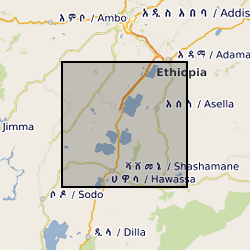
This data set includes the original time series collected with broadband and long-period MT instruments during two field seasons in 2016 and 2017 by a team of researchers from the University of Edinburgh, UK and the Institute for Geophysics, Space Science and Astronomy at Addis Ababa university, Ethiopia. For the magnetotelluric stations, processed transfer functions are included in the edi file format. The time series data is provided both in the original raw data format and an ascii version. We provide information on the locations and the processing and include the necessary instrument response functions and metadata to reproduce our results from the raw data. For the TEM recordings, site coordinates and raw data are included in the original format.
-
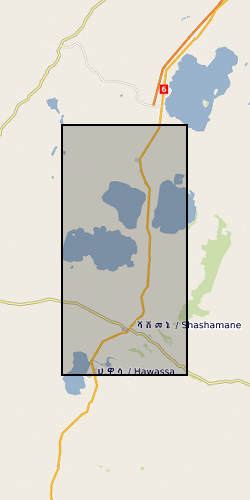
This data set contains daily position solutions for GPS stations deployed on Corbetti and Aluto volcano, Ethiopia. The results for Aluto were originally published in "Seasonal patterns of seismicity and deformation at the Alutu geothermal reservoir, Ethiopia, induced by hydrological loading", Birhanu et. al. (2018). Corbetti results were partially published in "Sustained Uplift at a Continental Rift Caldera", Lloyd et al. (2018).
-
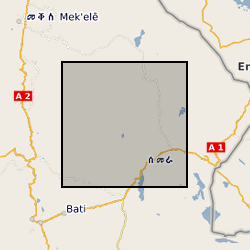
This data set comprises broadband magnetotelluric (MT) and transient electromagnetic (TEM) data collected during three field seasons in 2008, 2009 and 2010 by a team of researchers from the University of Edinburgh, UK, IMAGIR, Brest, France and the Institute for Geophysics, Space Science and Astronomy at Addis Ababa University, Ethiopia. The MT dataset includes the original time series and processed transfer functions. The time series data are provided in the original raw data format with files to convert them to ascii. Raw and processed TEM data, collected with a Geonics PROTEM system, are included. We provide information on the locations and the processing and include the necessary instrument response functions and metadata to reproduce our results from the raw data.
-
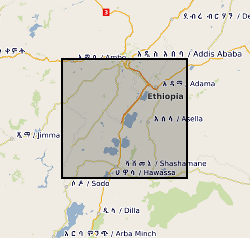
Glass major element geochemical data on Late Quaternary tephra deposits from the Main Ethiopian Rift volcanoes. These data were acquired using Electron Microprobe Analysis, and secondary standard data (MPI-DING glasses) are also included. All samples were given a unique name related to the outcrop from which they were obtained. Outcrops are named "MER" followed by a 3-digit number (e.g. MER153). Samples from a given outcrops are given the same name, followed by a letter (e.g. MER153A). Outcrop localities, with GPS coordinates (Lat Long WGS84) and brief description of the geology are also included. These data are published as Supplementary Files to a paper published in Journal of Volcanology and Geothermal Research: Fontijn et al (2018), https://doi.org/10.1016/j.jvolgeores.2018.02.001.
-
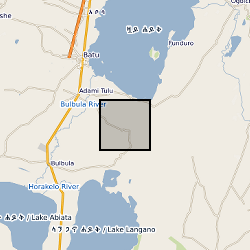
Tephra layer summary for Lake Abijata and Lake Langano cores, Ethiopia. Data are referenced in McNamara et al., 2018: Using Lake Sediment Cores to Improve Records of Volcanism at Aluto Volcano in the Main Ethiopian Rift; https://doi.org/10.1029/2018GC007686
-
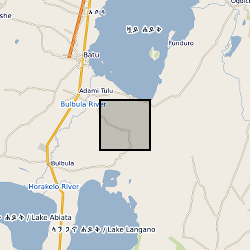
Ar/Ar dating of samples from Aluto and Corbetti volcanoes, Ethiopia. Data are referenced in Hutchison et al., 2016b: A pulse of mid-Pleistocene rift volcanism in Ethiopia at the dawn of modern humans; https://doi.org/10.1038/ncomms13192
 NERC Data Catalogue Service
NERC Data Catalogue Service